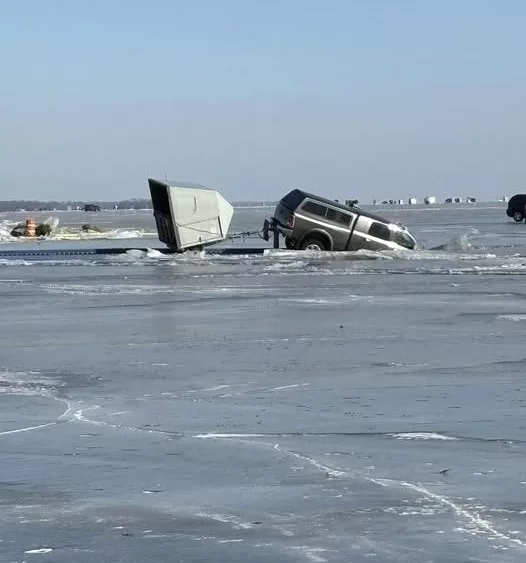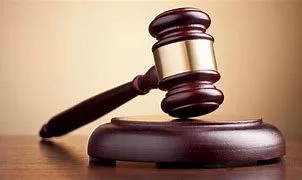Kyle Juszczyk remembers the different feel when he took the field for the first time in the playoff rivalry between his San Francisco 49ers and the Green Bay Packers. Two storied franchises with rich traditions that produced big stars facing off against each other on the playoff stage. The teams are set to meet for the third time in the past five postseasons on Saturday night when the Packers (10-8) visit the 49ers (12-5) in the divisional round. “It’s always fun,” Juszczyk said. “Green Bay’s just such a storied franchise. That rivalry of San Francisco and Green Bay is always a big one. Honestly, one of my best memories as a Niner was that NFC championship game here against the Packers and just in warmups, just feeling that energy. It was nothing I had ever felt here before. It was just such an exciting time, and hopefully we feel that again this week.” The Niners won that 2020 matchup 37-20 to go to the Super Bowl and then repeated that two years later when they upset the Packers in Green Bay 13-10. Few franchises have been as intertwined over the last three decades as the Packers and 49ers, with coaches getting groomed in one spot and ending up in the other, eight previous playoff meetings and the draft decision that sent Aaron Rodgers packing for Green Bay instead of staying close to home and reviving the 49ers. The teams that have combined for nine Super Bowl titles will meet with a spot in NFC championship game on the line. This will be the record-setting 10th playoff meeting between the franchises. All of those games have come in the past 29 seasons, with no other teams meeting more than five times in the postseason in that span. Here’s a look back at the rivalry:
CHANGING OF THE GUARD
The Niners had been the NFL’s dominant franchise, with five Super Bowl titles in 14 seasons, when they ran into the Packers in the divisional round of the 1995 playoffs. Coach Mike Holmgren had left his job as offensive coordinator in San Francisco to take over the Packers in 1992. The man who tutored Steve Young in both college and the pros set out to groom the untested Brett Favre, who was acquired in a trade from Atlanta that same year. With Favre and Holmgren at the helm, along with free agent acquisition Reggie White, the Packers surpassed the Niners in that meeting at Candlestick Park on Jan. 6, 1996. Adam Walker fumbled on San Francisco’s first play from scrimmage and Craig Newsome returned it for a TD. Favre followed with two quick touchdown passes as Green Bay rolled to a 27-17 win. The Packers lost the following week against Dallas but soon established themselves as the NFC’s dominant team. The teams met again the following year when Desmond Howard returned a punt 71 yards for a TD after San Francisco’s opening possession. Young was knocked out later in the first quarter with an injury and the Packers won 35-14 on the way to a Super Bowl title. “There was a time that you could just say, ‘Hey, no matter, the 49ers are a better team than Green Bay,’” Packers defensive end Sean Jones said after that game. “There was a time where they could make mistakes, and still not play their best and you knew and they knew they were going to win. Well, those days are over.” The Packers’ dominance of the series led to George Seifert resigning as coach and former Packers assistant Steve Mariucci taking over. Green Bay won the first playoff matchup 23-10 against Mariucci the following year as the frustration mounted in San Francisco. “It’s getting pretty obvious,” Young said at the time. “We have to find a way to beat the Packers. They are the team standing in the way of all our progress.”
THE CATCH II
The Niners finally had a breakthrough the following year thanks to one of the most memorable plays of the series in San Francisco’s only playoff win over Favre. On Jan. 3, 1999, Terrell Owens lost a fumble and dropped a potential TD pass early before delivering late. With 8 seconds left and the Niners trailing by four, Young stumbled, dropping back from center and then threaded a 25-yard pass between a phalanx of Packers to Owens, who somehow managed to hold onto it despite being hit by two defenders, for a 30-27 win. “I don’t know where I would be if it weren’t for that play, to be honest,” Owens said years later. “If you take that one catch, that one touchdown away from me, I don’t know where I would be. It was a play that really catapulted my career.” Favre won his final playoff meeting against the Niners three years later, and the rivalry then took a hiatus.
KAEPERNICK’S RISE
The teams didn’t meet again in the postseason until the 2012 season when Rodgers got a shot against the Niners team that famously passed him up for Alex Smith in the 2005 draft. Colin Kaepernick had replaced Smith as starter late that season and established himself as a phenomenon when he ran for a quarterback-record 181 yards and two scores and threw for 263 yards and two TDs in a 45-31 San Francisco win. “I didn’t know how fast he was,” Green Bay defensive back Charles Woodson said after the game. “Coming in I really never paid attention to it. But he is fast.” Kaepernick braved the cold of Green Bay the following year and played without long sleeves or gloves. He led a late winning drive that knocked the Packers out again.
SHANAHAN VS. LAFLEUR
There has been a familiarity again during the recent editions of the rivalry, with Niners coach Kyle Shanahan and Packers coach Matt LaFleur having a history together. Shanahan has had the upper hand, winning the 2019 NFC title game behind Raheem Mostert’s 220 yards rushing and four TDs to go to the Super Bowl. San Francisco then braved the 15-degree cold in Green Bay two years later to upset the top-seeded Packers 13-10 on a blocked punt touchdown that tied the game and a final play 45-yard field goal by Robbie Gould. “Just going back to that game, it was it was a grind for sure,” 49ers receiver Deebo Samuel said. “It was freezing cold.”







